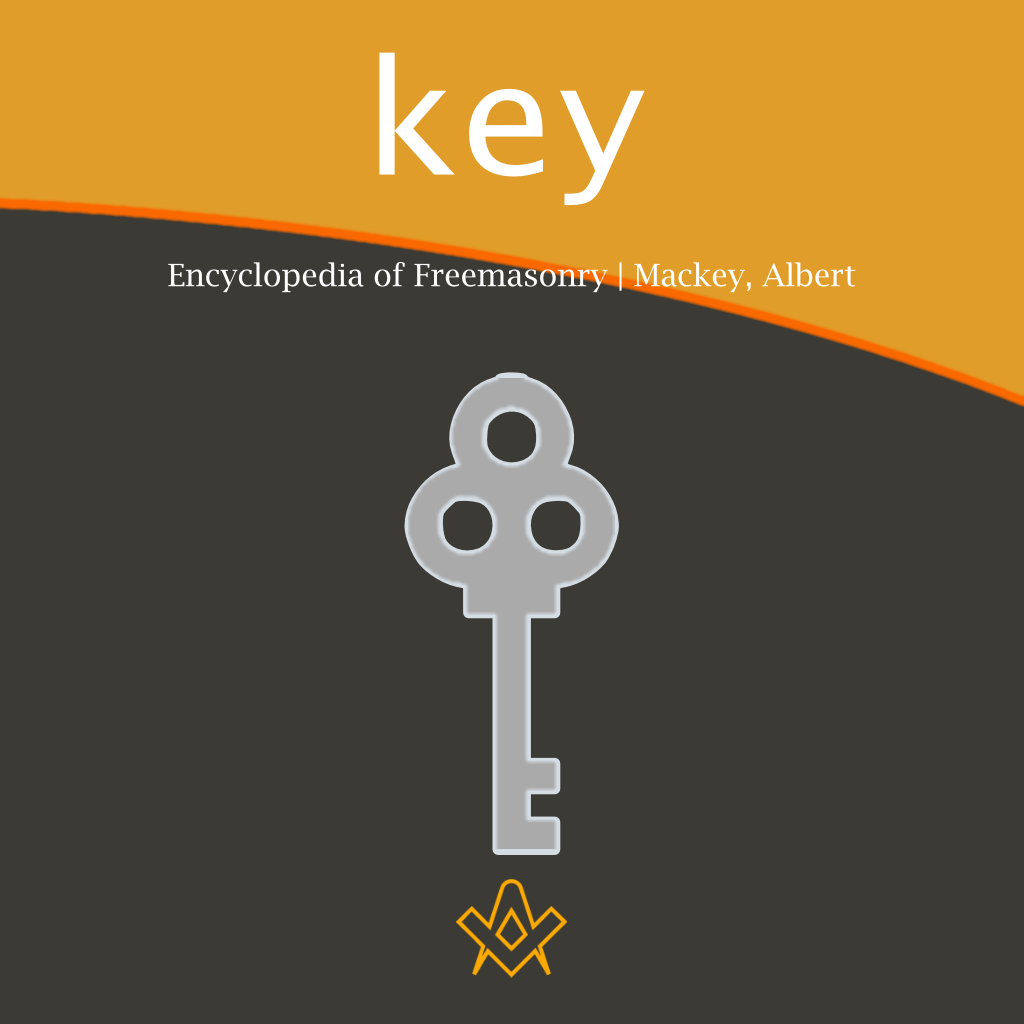“The Key” masonic symbol, says Doctor Oliver, “is one of the most important symbols of Freemasonry. It bears the appearance of a common metal instrument, confined to the performance of one simple act.
But the well-instructed brother beholds in it the symbol which teaches him to keep a tongue of good report, and to abstain from the debasing vices of slander and defamation.”
Among the ancients the key was a symbol of silence and circumspection; and thus Sophocles alludes to it in the Oedipus Coloneus (line 105), where he makes the chorus speak of “the golden key which had come upon the tongue of the ministering Hierophant in the mysteries of Eleusis—Callimachus says that the Priestess of Ceres bore a key as the ensign of her mystic office.
The key was in the Mysteries of Isis a hieroglyphic of the opening or disclosing of the heart and conscience, in the kingdom of death, for trial and Judgment.”
In the old instructions of Freemasonry the key was an important symbol, and Doctor Oliver regrets that it has been abandoned in the modern system.
In the ceremonies of the First Degree, in the eighteenth century allusion is made to a key by whose help the secrets of Freemasonry are to be obtained, which key “is said to hang and not to lie, because it is always to hang in a brother’s defense and not to lie to his prejudge.”
It was said, too, to hang “by the thread of life at the entrance,” and was closely connected with the heart, because the tongue “ought to utter nothing but what the heart dictates.”
And, finally, this key is described as being “composed of no metal, but a tongue of good report.”
In the ceremonies of the Masters Degree in the Adonhiramite Rite, we find this catechism (in the Recueil Précieu:, page 87):
What do you conceal?
All the secrets which have been intrusted to me.
Where do you conceal them?
In the heart.
Have you a key to gain entrance there?
Yes, Right Worshipful.
Where do you keep it?
In a box of coral which opens and shuts only with ivory teeth.
Of what metal is it composed?
Of none. It is a tongue obedient to reason, which knows only how to speak well of those of whom it speaks in their absence as in their presence.
All of this shows that the key as a symbol was formerly equivalent to the modern symbol of the “instructive tongue,” which, however, with almost the same interpretation, has now been transferred to the Second or Fellow-Craft’s Degree.
The key, however, is still preserved as a symbol of secrecy in the Royal Arch Degree; and it is also presented to us in the same sense in the ivory key of the Secret Master, or Fourth Degree of the Ancient and Accepted Scottish Rite.
In many of the German Lodges an ivory key is made a part of the Masonic clothing of each Brother, to remind him that he should lock up or conceal the secrets of Freemasonry in his heart.
But among the ancients the key was also a symbol of power; and thus among the Greeks the title of Kxeiaouxos~ or key-bearer, was bestowed upon one holding high office; and with the Romans, the keys are given to the bride on the day of marriage, as a token that the authority of the house was bestowed upon her; and if afterward divorced, they were taken from her, as a symbol of the deprivation of her office, Among the Hebrews the key was used in the same sense.
“As the robe and the baldric,” says Lowth (Israel, part ii, section 4), “were the ensigns of power and authority, so likewise was the key the mark of office, either sacred or civil.”
Thus in Isaiah (xxii, 22), it is said:
“The key of the house of David will I lay upon his shoulders; so he shall open, and none shall shut; and he shall shut, and none shall open”
Our Savior expressed a similar idea when he said to Saint Peter;
“I will give unto thee the keys of the kingdom of heaven.”
It is in reference to this interpretation of the symbol, and not that of secrecy, that the key has been adopted as the official jewel of the Treasurer of a Lodge, because he has the purse, the source of power, under his command.
Article by: Albert G. Mackey
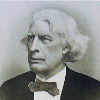
Albert Gallatin Mackey (1807 – 1881) was an American medical doctor and author.
He is best known for his books and articles about freemasonry, particularly the Masonic Landmarks.
In 1849 he established The Southern and Western Masonic Miscellany, a weekly masonic magazine.
He served as Grand Lecturer and Grand Secretary of The Grand Lodge of South Carolina, as well as Secretary General of the Supreme Council of the Ancient and Accepted Scottish Rite for the Southern Jurisdiction of the United States
Recent Articles: Albert Mackay
 Unlock the secrets of the Freemasonry with The Blazing Star - a symbol that holds immense significance in their rituals and practices. Delve into its history, meaning and role in the different degrees of Freemasonry with expert insights from the Encyclopedia of Freemasonry by Albert Mackey. Discover the mystique of The Blazing Star today! |
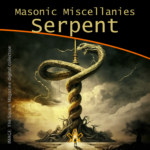 Masonic Miscellanies - The Symbol of the Serpent As a symbol, the serpent obtained a prominent place in all the ancient initiations and religions. |
 This rite of investiture, or the placing upon the aspirant some garment, as an indication of his appropriate preparation for the ceremonies in which he was about to engage, prevailed in all the ancient initiations. Extract from The Symbolism of Freemasonry by Albert G. Mackey |
 The All-Seeing Eye of God, also known as the Eye of Providence, is a representation of the divine providence in which the eye of God watches over humanity. It frequently portrays an eye that is enclosed in a triangle and surrounded by rays of light or splendour. |
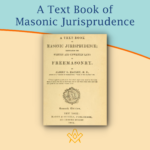 Book Intro - A Text Book of Masonic Jurisprudence An introduction to Albert Mackey's seminal work on Masonic Jurisprudence – the theory or philosophy of Masonic law. The Foundations of Masonic Law are to be found in the Landmarks, or Unwritten Law, and in the Ancient Constitutions, or the Written Law. These constitute the subject matter of the book. |
 "The first great duty, not only of every lodge, but of every Mason, is to see that the landmarks of the Order shall never be impaired." — Albert Mackey (1856) |
 Extracted and abridged from The Mystic Tie: Or, Facts and Opinions, Illustrative of the Character and Tendency of Freemasonry By Albert Mackey, |
 Book Intro - The Principles of Masonic Law "The first great duty, not only of every lodge, but of every Mason, is to see that the landmarks of the Order shall never be impaired". |
 Masonic Miscellanies - The Symbolism of the Gloves The Symbolism of the Gloves and why Freemasons wear white gloves |
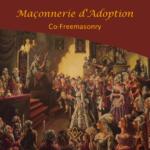 A look at Adoptive Lodges that were established in France for the initiation of females; a short Extract from the Encyclopedia Of Freemasonry |
 Book Intro - The Symbolism of Freemasonry Introduction to a classic masonic book; The Symbolism of Freemasonry: Illustrating and Explaining Its Science and Philosophy, its Legends, Myths and Symbols. |
masonic knowledge
to be a better citizen of the world
share the square with two brothers

click image to open email app on mobile device


